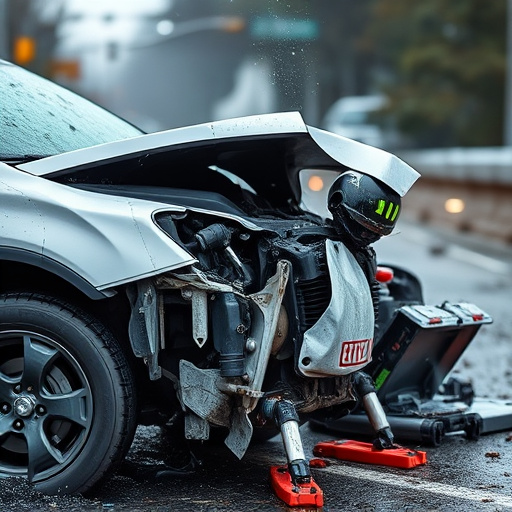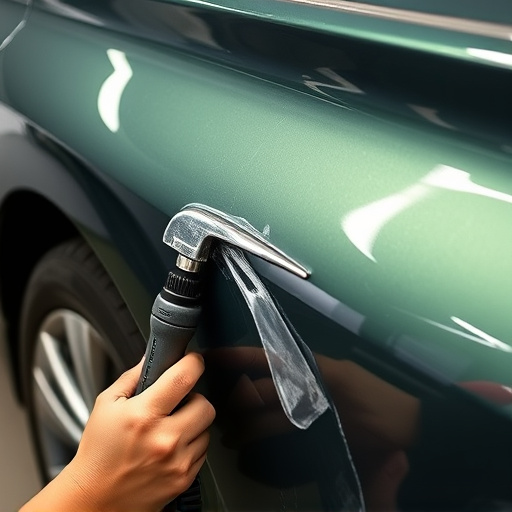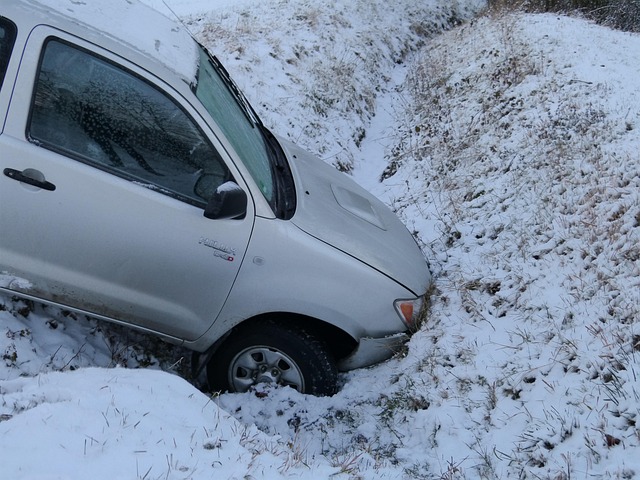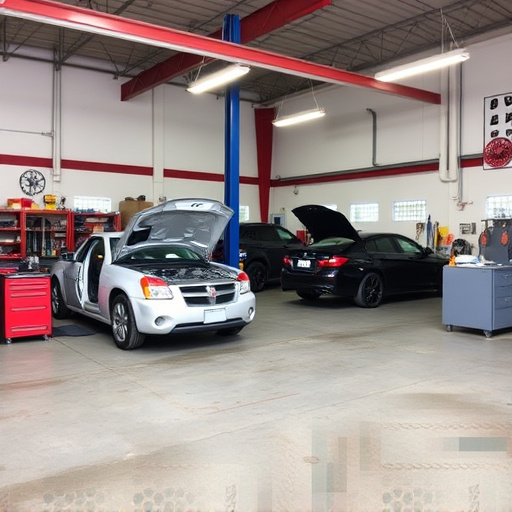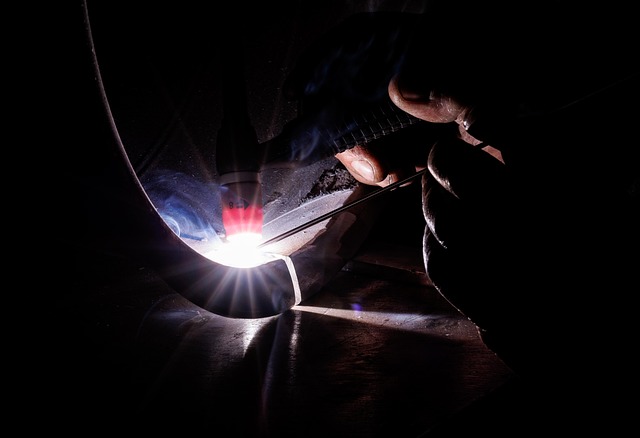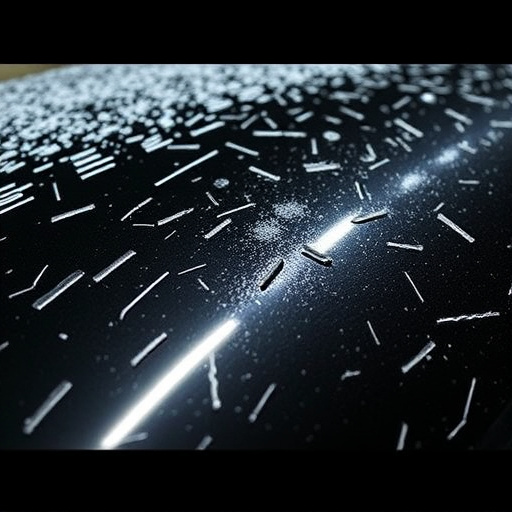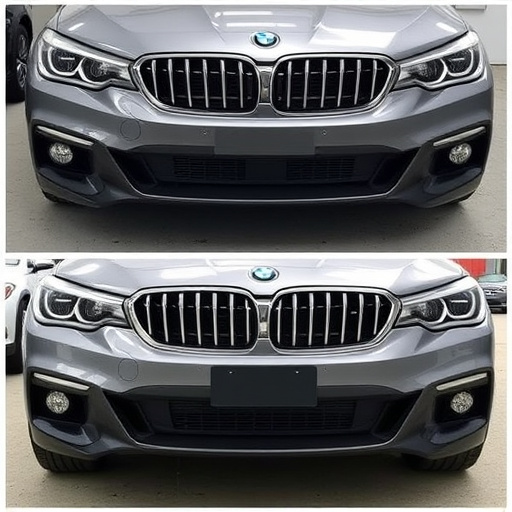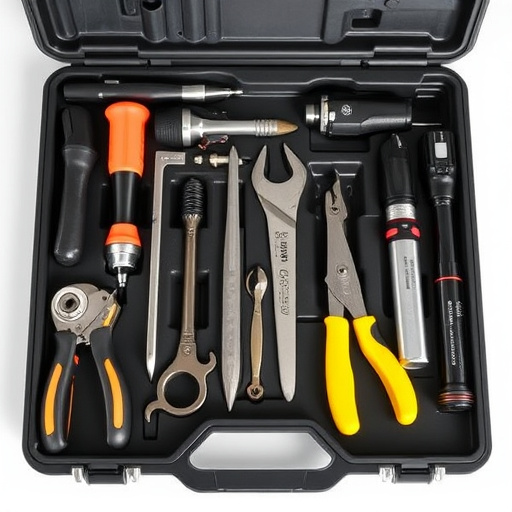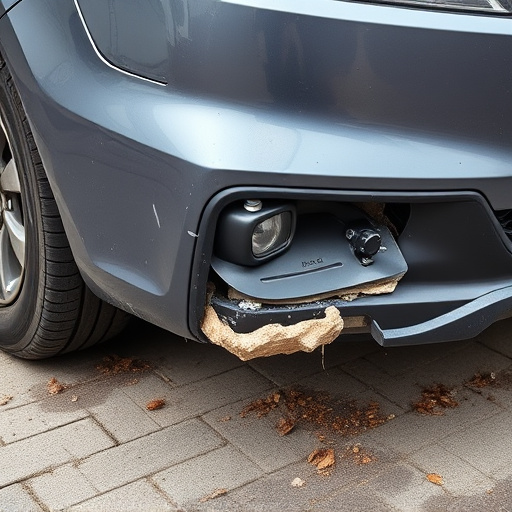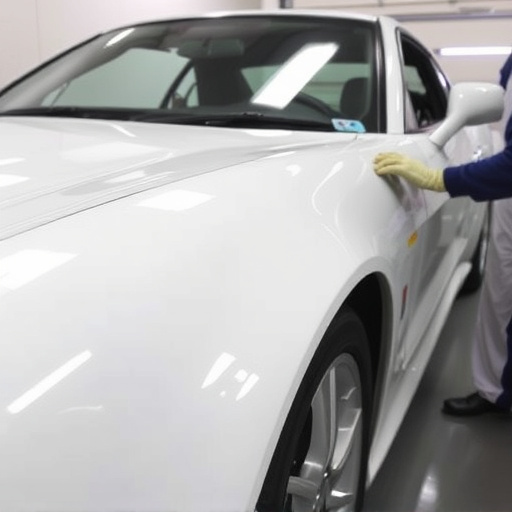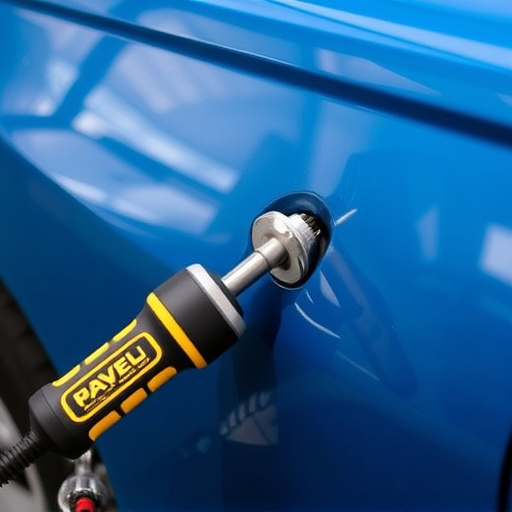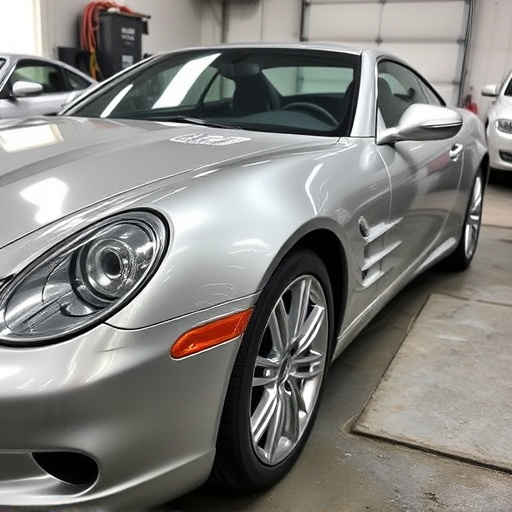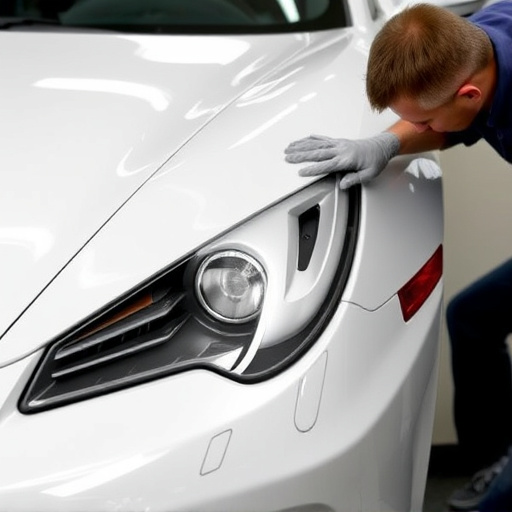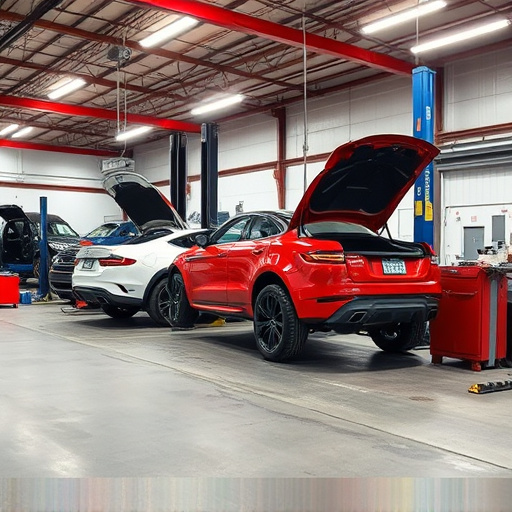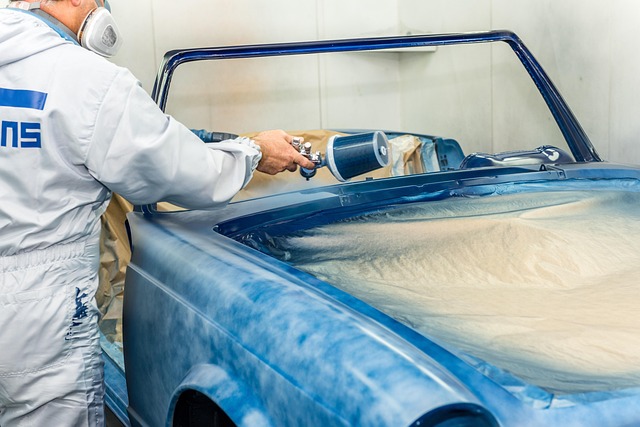Post-repair paint protection is vital for maintaining vehicle finishes in harsh conditions. It involves topcoats, sealants, or waxes to shield against water, UV rays, and degradation. While durable, regular care, washing with neutral shampoos, and reapplying wax/sealant every few months extend its life against environmental damage. Collision shops offer professional protection services and care tips for optimal longevity.
In today’s world, vehicles face constant exposure to harsh conditions—from acidic rains to UV rays and rough road surfaces. Understanding how long paint protection post-repair should last under these challenges is essential for car owners. This article delves into the basics of paint protection, exploring factors that influence its durability in adverse environments. We also provide care tips to ensure optimal results, helping you maximize the longevity of your vehicle’s freshly repaired paint job.
- Understanding Paint Protection: Basics and Expectations
- Harsh Conditions: Factors Affecting Durability
- Maintaining Longevity: Care Tips for Optimal Results
Understanding Paint Protection: Basics and Expectations
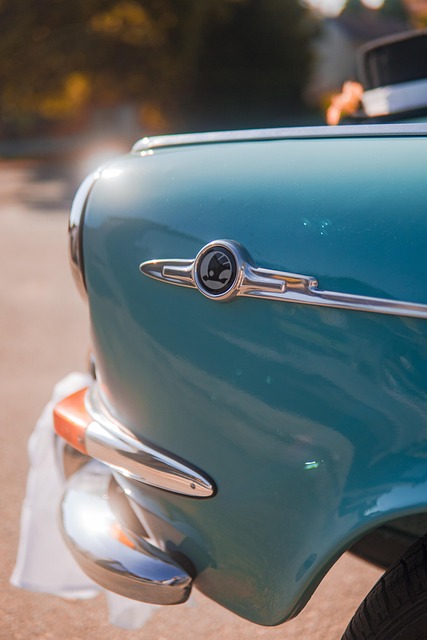
Understanding paint protection is key when assessing the longevity of your vehicle’s finish after a repair, especially in harsh conditions. Paint protection post-repair refers to the measures taken to safeguard and preserve the newly repaired area from environmental damage. This can include application of topcoats, sealants, or waxes designed to repel water, UV rays, and other elements that could cause fading, chipping, or degradation. The goal is not just to restore the vehicle’s appearance but also to ensure long-lasting protection.
When considering paint protection post-repair, it’s important to set realistic expectations. While these protective layers significantly enhance durability, they are not indestructible. Factors like frequent car washes, exposure to harsh chemicals, or direct contact with abrasive materials can still impact the paint’s longevity. A collision repair shop will typically provide recommendations for ongoing care and maintenance, including specific washing instructions and guidance on reapplying protection as needed, ensuring your vehicle’s freshly repaired surface remains protected and looking its best for years to come, despite challenging conditions like car collisions or vehicle dent repairs.
Harsh Conditions: Factors Affecting Durability
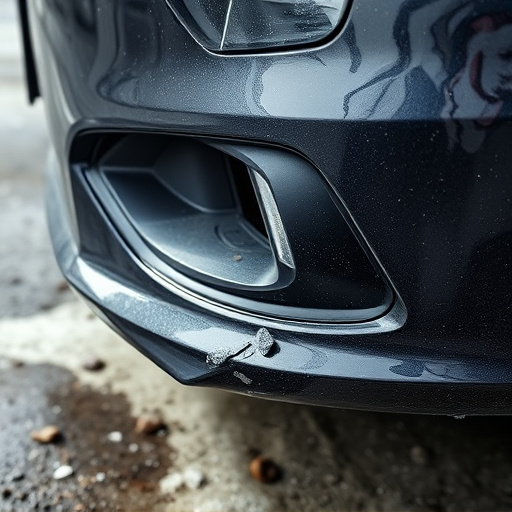
Harsh conditions can significantly impact the durability of paint protection post-repair, affecting the longevity of a vehicle’s finish. Factors such as extreme temperatures, exposure to UV rays, and frequent washing play a crucial role in determining how well the protective coating holds up. For instance, hot climates can cause the paint to dry out and crack faster, while cold weather may lead to premature fading due to accelerated oxidation. Prolonged sun exposure can weaken the paint protection film, making it more susceptible to scratches and chips. Moreover, aggressive washing techniques or using subpar detergents can strip away the protective layer, leaving the vehicle’s paint vulnerable to damage.
When considering body shop services for vehicle dent repair or collision damage repair, understanding these factors is essential. High-quality paint protection applications account for potential environmental stressors, incorporating durable coatings designed to withstand challenging conditions. Professional technicians employ specialized products and techniques to ensure optimal adhesion and longevity, resulting in a more protective barrier against the elements.
Maintaining Longevity: Care Tips for Optimal Results
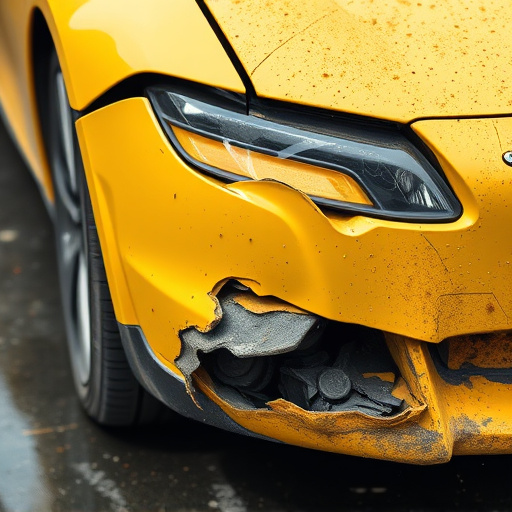
Maintaining Longevity: Care Tips for Optimal Results
The longevity of paint protection post-repair heavily depends on proper care and maintenance. After a luxury vehicle repair or frame straightening process, it’s crucial to safeguard the freshly restored surface. Regular washing with mild, pH-neutral car shampoos is essential to prevent damage from harsh detergents. Avoid using hard brushes or sponges that can scratch the paint. Always rinse thoroughly after washing to eliminate any soap residue.
Additionally, applying a high-quality wax or sealant every few months will create a protective barrier against environmental factors, including UV rays and acid rain. This simple step significantly extends the life of the paint protection, ensuring your vehicle maintains its pristine appearance even in bustling urban environments or after enduring vehicle dent repair.
In harsh conditions, quality paint protection post-repair can typically last between 2-5 years. However, with proper maintenance and regular care as outlined in this article, it is possible to extend this duration significantly. By understanding the factors affecting durability and implementing effective care tips, vehicle owners can ensure optimal protection for their vehicles’ finishes, preserving the initial look and value of their cars even in challenging environments.
